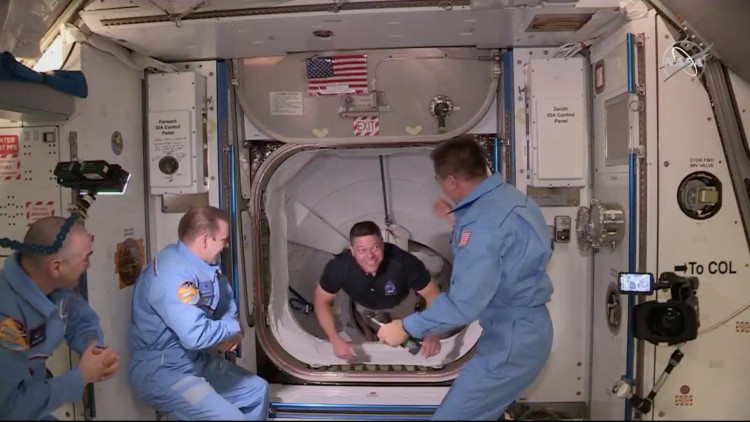A pioneering study has revealed that astronauts can develop a condition known as space anemia because their bodies destroy more red blood cells than usual when in space.
According to a new study published in the journal Nature, astronauts' bodies are destroying their own blood at a greater rate and do not appear to stop once they return home, which could have huge consequences for future long-term space flight.
During a six-month space mission trip, researchers discovered that the human body destroys approximately 54% more red blood cells than it would ordinarily.
The results are significantly higher than predicted, and they are derived directly from the breath and blood of 14 astronauts aboard the International Space Station.
"This is the best description we have of red blood cell control in space and after return to Earth," epidemiologist Guy Trudel from the University of Ottawa, Canada, said.
"These findings are spectacular, considering these measurements had never been made before and we had no idea if we were going to find anything. We were surprised and rewarded for our curiosity."
The measurements were made using iron blood tests and carbon monoxide breath testing. Every molecule of carbon monoxide breathed also destroys a molecule of the pigment present in red blood cells, making it a fair approximation of red blood cell loss.
A total of 2 million red blood cells were created and destroyed per second by astronauts in the study, all while remained firmly grounded on Earth. They were destroying around 3 million blood cells every second during their time in orbit, though.
Space anemia is one of a number of issues that astronauts face, and NASA has a term for it: "RIDGE," which stands for Space Radiation, Isolation and Confinement, Distance from Earth, Gravity Fields, and Hostile/Closed Environments, and describes the most common physical and mental issues that explorers face off-world.
Lower gravity in space causes bone density loss as well, which the study's authors believe is related to space anemia.
When the astronauts returned to Earth, five of the 13 (one did not have blood collected on landing) had clinically detectable levels of anemia, which is defined as the condition in which the body does not have enough red blood cells for its physiological needs.
Their red blood cell levels recovered to normal three or four months after landing. However, even a year after their space voyage, the astronauts' bodies were still killing 30% more red blood cells than before their excursion to space.
The study did not evaluate red blood cell production, however. so despite large red blood cell losses, no astronaut experienced severe anemia. This suggests that their bodies may have produced more red blood cells than usual while in space.
"Thankfully, having fewer red blood cells in space isn't a problem when your body is weightless," Trudel said.




